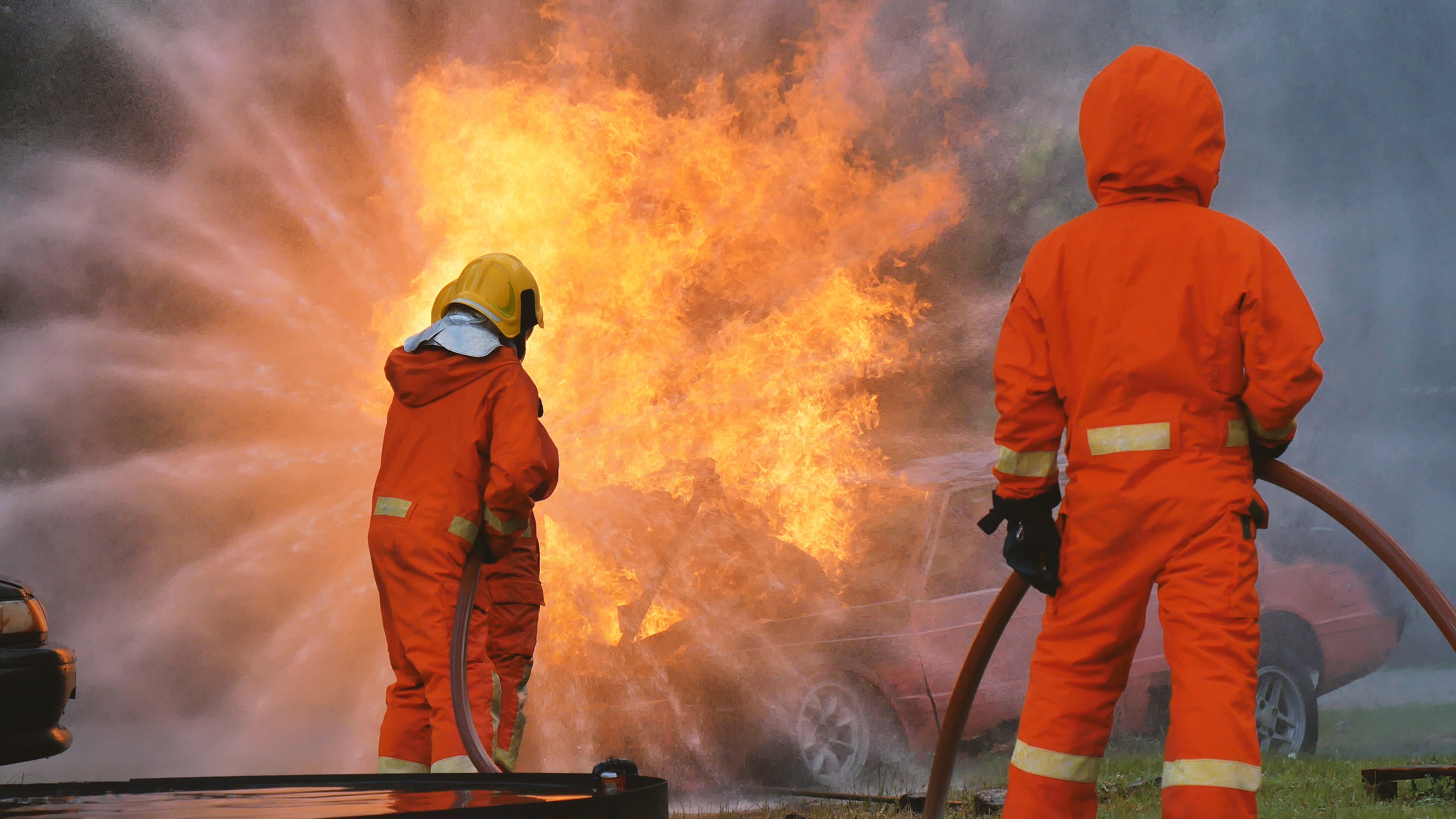What are NFPA 2112 and NFPA2113? NFPA 2112 and NFPA 2113 are crucial standards established by the National Fire Protection Association (NFPA) to regulate flame-resistant garments. These standards are instrumental in ensuring the safety of workers exposed to fire hazards in various industries.
Why are NFPA 2112 and NFPA2113 important? These standards set forth guidelines for the design, construction, testing, and certification of flame-resistant garments, aiming to minimize the risk of injury or death resulting from exposure to flames or thermal hazards.
Understanding NFPA 2112
Overview of NFPA 2112 NFPA 2112 outlines the minimum performance specifications for flame-resistant fabrics and garments to protect industrial personnel against flash fire hazards.
Key Requirements of NFPA 2112
- Fabric Performance: NFPA 2112 mandates that fabrics used in flame-resistant garments must pass specific tests to demonstrate their ability to resist ignition, heat transfer, and thermal shrinkage.
- Garment Design: The standard specifies requirements for garment design, including closure systems, pocket design, and labeling for easy identification of compliance.
Testing Procedures NFPA 2112 entails rigorous testing procedures to evaluate the flame-resistant properties of fabrics and garments. These tests simulate real-world scenarios of flash fire exposure to ensure the garments provide adequate protection to the wearer.
Dive into NFPA2113
Overview of NFPA2113 NFPA2113 complements NFPA 2112 by providing guidelines for the selection, care, use, and maintenance of flame-resistant garments to ensure their effectiveness throughout their lifespan.
Educating Users One of the key aspects of NFPA2113 is educating users about the proper selection and maintenance of flame-resistant garments. This includes training employees on identifying compliant garments and understanding their limitations.
Maintenance and Inspection NFPA2113 emphasizes the importance of regular maintenance and inspection of flame-resistant garments to detect any damage or wear that may compromise their protective properties. Proper storage and laundering procedures are also outlined to prolong the lifespan of the garments.
Compliance and Certification
Certification Process Manufacturers of flame-resistant garments must ensure compliance with NFPA 2112 and NFPA2113 standards to obtain certification. This involves thorough testing of fabrics and garments by accredited laboratories to verify their performance.
Labeling Requirements NFPA 2112 and NFPA2113 mandate specific labeling requirements for flame-resistant garments to facilitate easy identification of compliance. These labels provide essential information about the garment's performance and certification status.
Industries Affected by NFPA 2112 and NFPA2113
Oil and Gas Workers in the oil and gas industry are frequently exposed to the risk of flash fires during drilling, extraction, and refining operations. Compliance with NFPA 2112 and NFPA2113 ensures their safety in such hazardous environments.
Utilities Employees in the utilities sector, including electricians and power plant operators, rely on flame-resistant garments to protect against arc flashes and electrical fires. Adherence to NFPA standards is crucial to safeguard their well-being.
Manufacturing In manufacturing facilities, where machinery and equipment pose fire hazards, flame-resistant garments are essential for worker safety. NFPA 2112 and NFPA2113 compliance is necessary to mitigate the risk of injuries.
Conclusion
In conclusion, NFPA 2112 and NFPA2113 play pivotal roles in safeguarding workers against the dangers of fire and thermal hazards in various industries. By establishing stringent standards for flame-resistant garments and promoting proper use and maintenance practices, these regulations contribute to a safer work environment and reduce the incidence of injuries. Adherence to NFPA standards is not only a legal requirement but also a moral obligation to prioritize the well-being of workers.
FAQs (Frequently Asked Questions)
1. Are NFPA 2112 and NFPA2113 mandatory for all industries?
- While NFPA standards are not universally mandated, industries with inherent fire hazards typically adopt these regulations to ensure worker safety and compliance with relevant laws.
2. How often should flame-resistant garments be inspected and replaced?
- NFPA2113 recommends regular inspections and replacements as needed, typically based on the garment's condition and the severity of exposure to hazards.
3. Can ordinary clothing provide adequate protection against fire hazards?
- No, ordinary clothing is not designed to withstand the high temperatures and thermal effects of flash fires or arc flashes. Flame-resistant garments certified to NFPA standards are essential for adequate protection.
4. Are there different levels of certification under NFPA 2112 and NFPA2113?
- NFPA standards specify minimum performance requirements, but manufacturers may achieve higher levels of certification by exceeding these standards through advanced fabric technologies and design features.
5. How can employers ensure compliance with NFPA standards in the workplace?
- Employers can ensure compliance by sourcing flame-resistant garments from reputable manufacturers, providing proper training and education to employees, and implementing regular inspections and maintenance programs.

